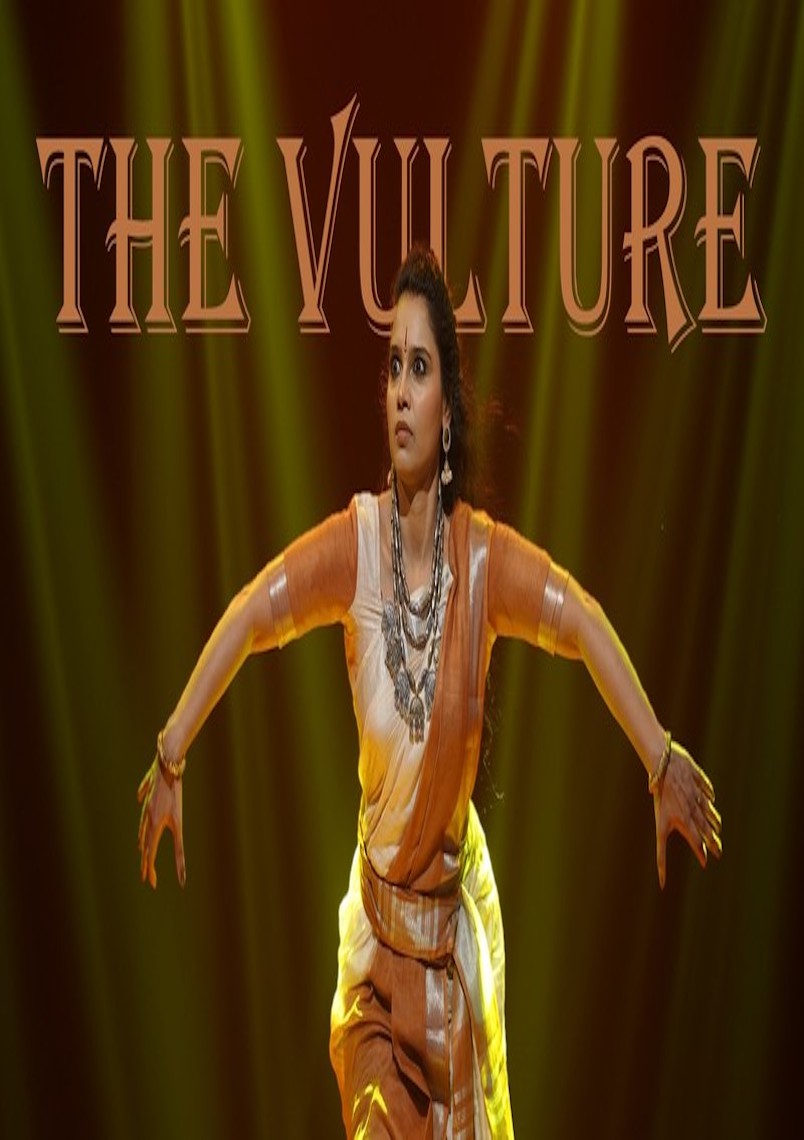Reshma U Raj
Director

Entrenched conflicts and violent extremism exacerbated poverty and instability across the globe. The vicious cycle of hunger and war leads to colossal human tragedy and wrack the peaceful and cohesive world order. In the chaotic world of wars, climate change, political and economic instability the widespread use of hunger as a weapon and the global health pandemic that makes all of that exponentially worse. The world is about to face a hunger pandemic as indicated by WFP.
The picture of Sudanese kid and Vulture captured by Kevin Karter shocked the conscience of mankind and have enduring relevance. The film THE VULTURE revisits the theme through the eyes of the character of the vulture through Kuchipudi, a centuries old classical dance form of India known for its dance drama tradition (consisting of both dance and drama). We would love to showcase how effective Indian Classical Dances are to communicate the tales which are enriched with a set of hand gestures based on NatyaSastra and Abhinayadarpana. It was totally a brainstorming and challenging journey, where we started off with a photograph. It was a challenging job to carve out the character, the Vulture from the picture and give life to it. Moreover our mode of communication is centuries old Indian Classical dance form Kuchipudi, which usually plays around the topics and themes from Indian Mythology. With this film, we are taking a turn to speak the tales outside Indian Mythology, hoping it would pave a new direction to Indian Classical Dance Forms. The music for the film is a blend of Indian and Western and the monologues are prepared in English language.
SUMMARY
• ACT ONE/INTRODUCTION: Introduction of Vulture as an antihero (companion of death) to the limelight where he is engaging in bragging himself.
• ACT TWO: Hungry vulture landing in a barren land which is indicated as waste land (ref. T S ELIOT ‘s THE WASTELAND). There he found a small piece of meat barely to satiate his hunger. Approaching it with a discontent and finding it alive.
• ACT THREE: Vulture trying to discourage the kid who is striving to live and persuading him to die. Here the protagonist unfurl the reality of adversities faced by vulnerable sections who are deprived of anything fundamental in their life. The kid is representing a huge underprivileged population ensnared in the vicious cycle of poverty, conflict, existential crisis and political turmoil. This particular act throws light to an unstable world where death came as a savior and life indicating struggle.
• ACT FOUR: Transformation of an unsympathetic antihero to an empathetic hero showing his compassion for the kid.
